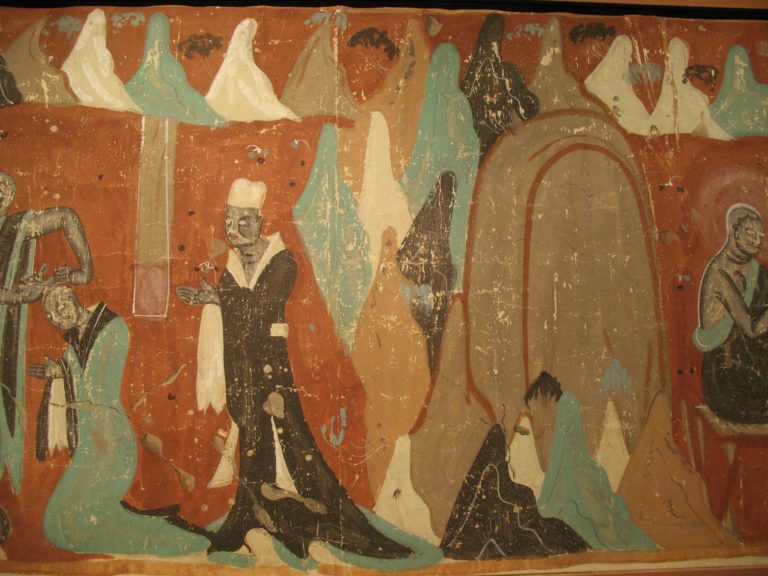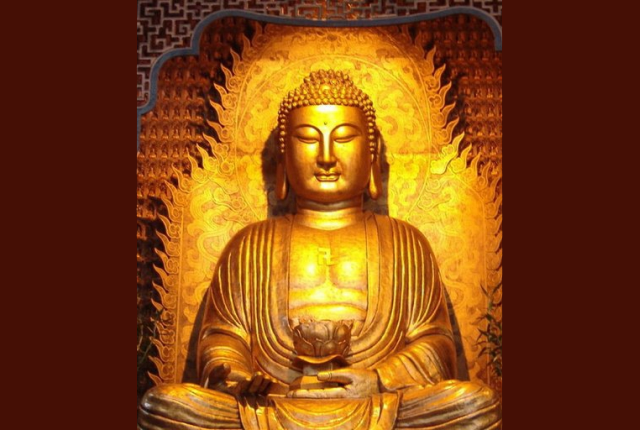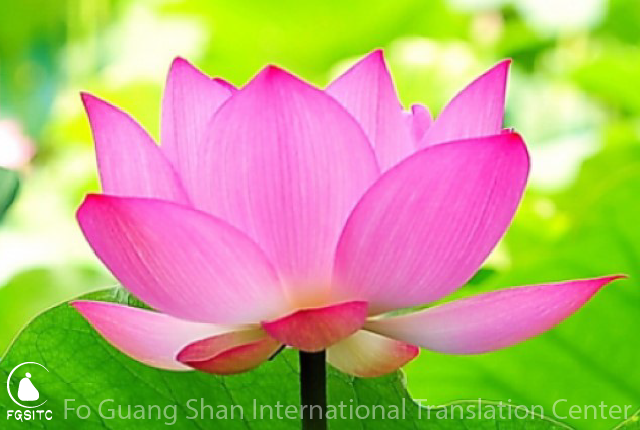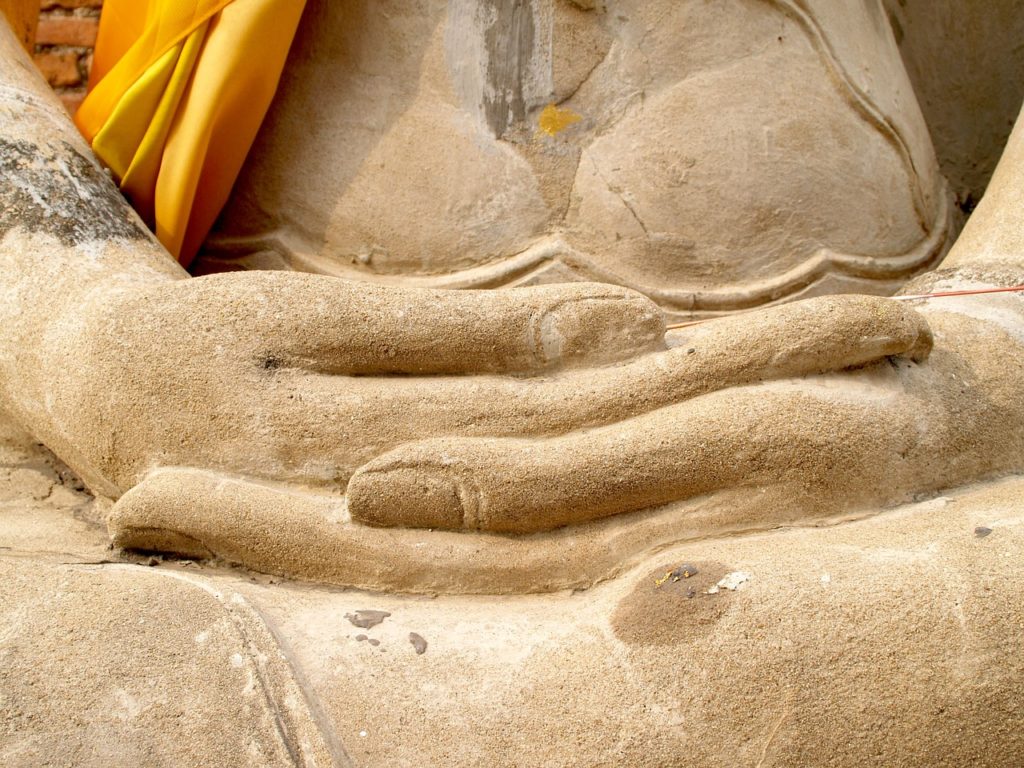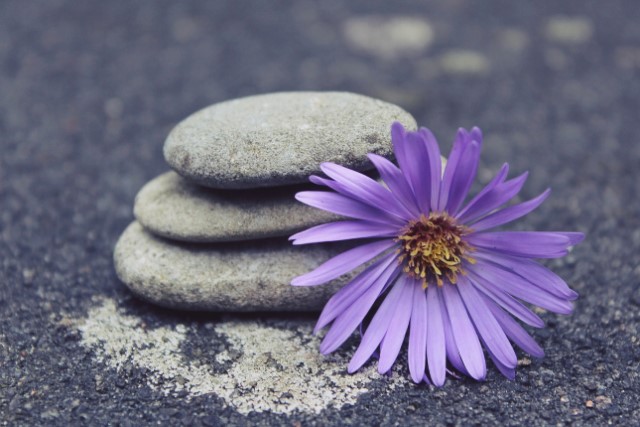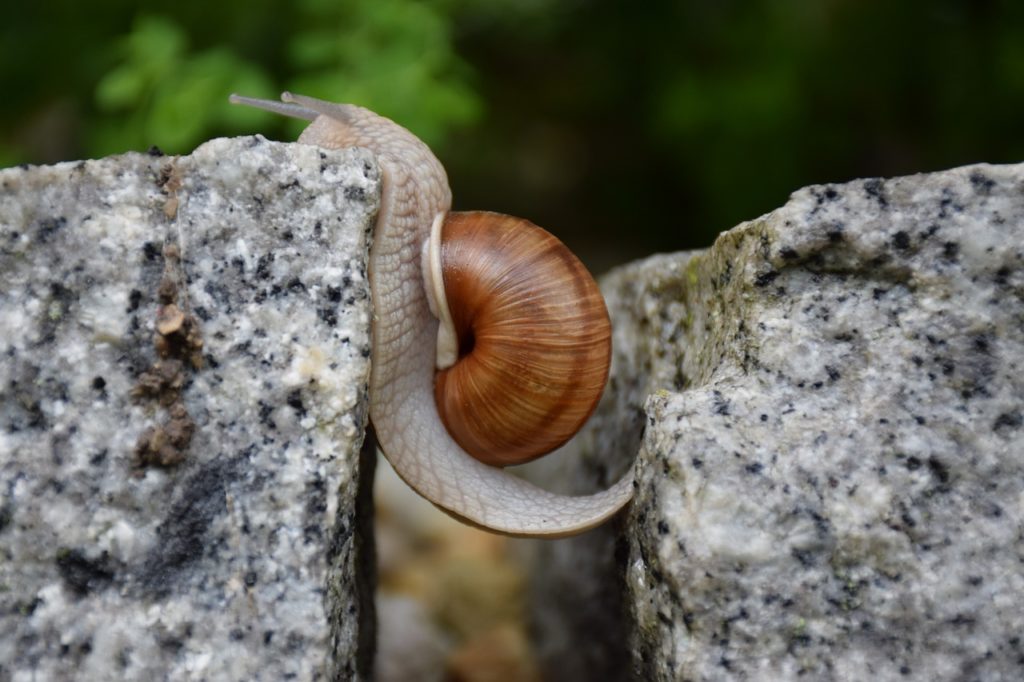Many different sutras contain descriptions of the thirty-two marks and eighty characteristics, each with slight variations.
The eighty notable characteristics are:
- Top of his head not visible to others.
- A prominent nose with well-concealed nostrils.
- Eyebrows shaped like a new moon.
- Large, round ears that are long and thick.
- A strong body.
- Closely-fit bones.
- When he turns, his whole body turns, just like a majestic elephant.
- Leaves imprints as he walks.
- Red fingernails.
- Full, rounded knees.
- A clean body.
- Soft, smooth skin.
- Straight, erect posture.
- Round, slender fingers.
- Fine fingerprints.
- No visible veins.
- Well-concealed heel bones.
- A supple, smooth body.
- A round, full body.
- A straight, steady, focused gait.
- A dignified appearance.
- Peaceful and calm deportment.
- A stable posture when standing.
- A majestic presence.
- A pleasing appearance.
- A perfectly sized face.
- Unperturbed demeanor.
- A beautiful, complete face.
- Red lips.
- A voice that carries.
- A deep, round navel.
- Hair that curls to the right.
- Long arms that reach below the knees.
- Flexible arms and legs.
- Clear, straight palm-lines.
- Fine, long palm-lines.
- Unbroken palm-lines.
- Brings joy to those who see him.
- A perfect, broad face.
- A face full like the moon.
- Peaceful, joyful speech.
- Fragrant pores.
- Fragrant breath.
- Appearance awe-inspiring like that of a lion.
- Gait steady like that of an elephant.
- Steps airy like that of a goose king.
- A well-formed forehead.
- A clearly audible voice.
- White teeth.
- A bright red tongue.
- A long, thin tongue.
- Thick body hair.
- Soft, clean body hair.
- Big, wide eyes.
- A clean, unobstructed airway connecting the seven openings of the face.
- Lotus-colored hands and feet.
- A well-concealed navel.
- An abdomen that does not protrude.
- A well-sized abdomen.
- Steady, stable body.
- A sturdy, stable body.
- A large frame.
- Soft, clean hands and feet.
- A ten-foot halo.
- A glowing halo.
- Treats all sentient beings equally.
- A majestic appearance.
- Does not slight any sentient being.
- An even voice.
- Able to vary his teaching methods.
- Teaches according to the circumstances.
- Though speaking with one voice, sentient beings receive many teachings according to their needs.
- Adapts his teachings according to the spiritual maturity of the listener.
- Can be seen with endlessly different appearances.
- An appearance one wishes to see again.
- Long, healthy hair.
- Long, neat hair.
- Neatly curled hair.
- Dark-colored hair.
- A virtuous appearance.
This list is from Seeing the Buddha, by Venerable Master Hsing Yun.
Being patient is an art, and being persistent is a kind of hope. Influenced by today’s instant culture, modern people tend to expect instant results in anything they do. Practitioners want to have attainment in this life, scholars want to become instant laureates in their fields, and entrepreneurs want to gain a huge fortune overnight. As the saying goes, “A flower picked before its time Read more
The Forty-Eight Vows of Amitabha Buddha as recorded in the Larger Sutra of Immeasurable Life. [1] If I should attain Buddhahood, yet there would be hell beings, hungry ghosts, or animals in my land, may I not attain perfect enlightenment.[2] If I should attain Buddhahood, yet humans and heavenly beings in my land would again be in the three lower realms after the end of Read more
In the practice of meditation, once you have developed meditative concentration it does not matter if you are walking, standing, sitting, lying down, carrying firewood, or bringing water—every single action can suddenly lead to enlightenment and seeing intrinsic nature. For true Chan practitioners meditation is whatever they see in their daily lives; it is everywhere. Read more
In the past, during the feudal period of Chinese history, men were respected while women were thought of as being rather contemptible. The birth of a son was compared to fashioning an ornament as precious as jade, which not only made everyone happy, but also raised the status of his mother. Read more
In this modern world, people are constantly saying, “Life is too stressful!” Why are people so stressed out? How can we rid ourselves of stress? Students feel stressed because of heavy schoolwork; parents feel stressed because they have too many chores and family obligations; policemen feel stressed because they have too much work; and workers feel stressed and are unhappy because their work hours are Read more
One of the biggest weaknesses in today’s society is that we have developed the habit of not saying we are sorry. Once we grow up and rise in status and knowledge, apologizing becomes harder and harder. But human beings are not perfect sages and we all make mistakes. Being able to correct our mistakes is a virtue in itself. This ability to amend our actions Read more
Compassion is the father, the bodhi mind the mother. Good methods are like friends because they save all sentient beings. — Great Collection of True Dharmas Sutra Compassion Is the Father Compassion removes suffering and creates joy. The sutra says, “The power of the Dharma is beyond expression. Nothing can obstruct compassion.” Compassion is the root source of all good. Compassion is the heart of Read more
If we want to understand what the Dharma teaches us about building affinity and living in harmony with others, we must first understand the four great all-embracing virtues. The Buddha teaches that for us to realize our true capacity of connecting with and serving our fellow citizens, we have to first build a good rapport, and the four virtues are tools to that end. The four Read more
“True Dharma” means those teachings which are right, correct, and do not deviate from the Middle Way.The word “Dharma” has several different meanings. One meaningof “dharma” is “phenomena.” In this sense, “dharma” includes phenomena as large as the universe and as small as a mustard seed. “Dharma” also refers to the truth, the teachings of the Buddha. The Dharma the Buddha taught is what allows people Read more
Sages from all religions who serve the multitudes without any monetary reward or recognition are volunteers of human society. An ancient sage once said: “Before one can become a prominent figure in Buddhist circles, one has to be a horse and an ox for all sentient beings.” Another said: “Before one attains Buddhahood, one first has to form affinity.” Over the generations, Buddhist monastics have Read more
If you keep your practice steady,morning and night, summer and winter,there is nothing you can not doand nothing that can harm you.— Upasakasila SutraThe Importance of Being SteadyLaziness and fear of work will get you into trouble no matter where they appear. Laziness is a basic animal tendency that must be confronted the moment it starts. Once you begin to allow yourself to be lazy, Read more
Equality is a truth of human life within the universe, it is an aim of humanity, and it is also the basis of Buddhism.The Avatamsaka Sutra says:“All sentient beings are equal.”The Great Perfection of Wisdom Treatise says: “From the very highest level of all Buddhas to the low level of animals, all are equal and there are no differences between them.”The Diamond Sutra says: “All dharmas are equal with no Read more

